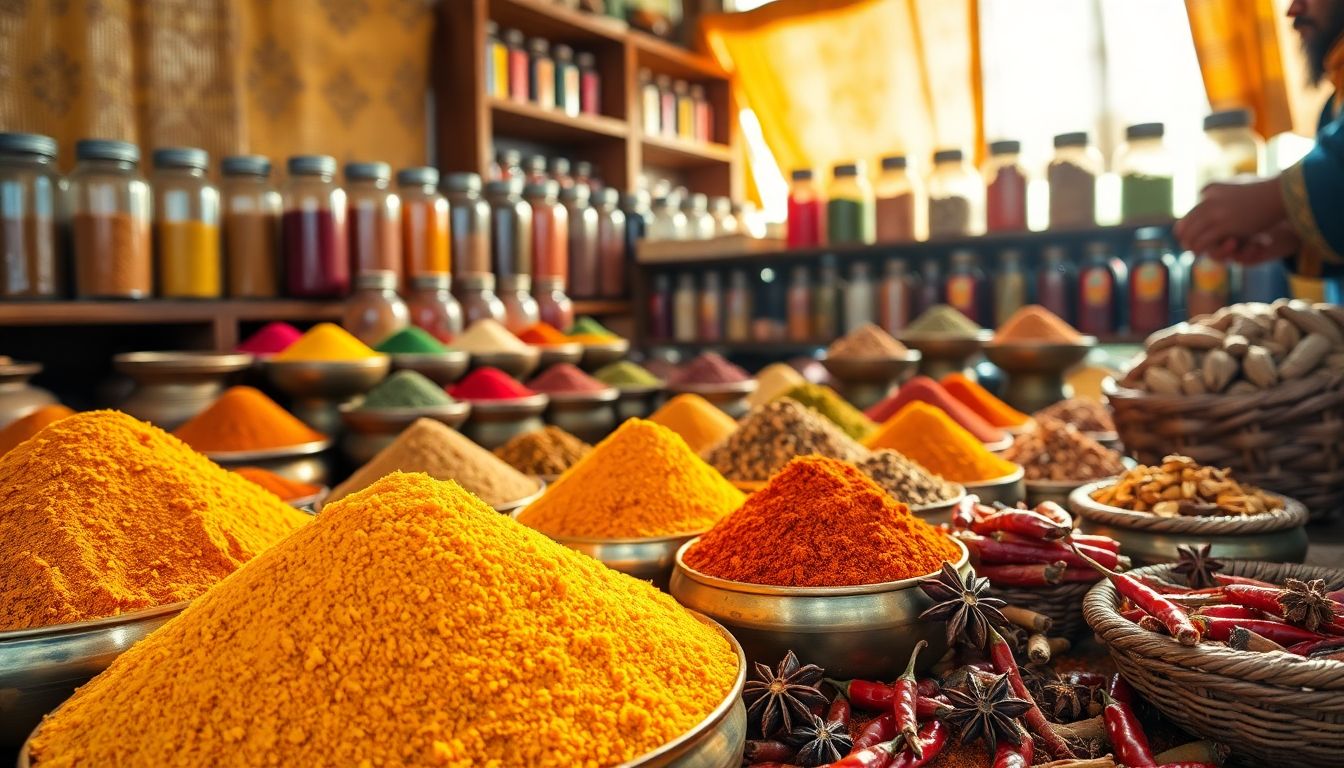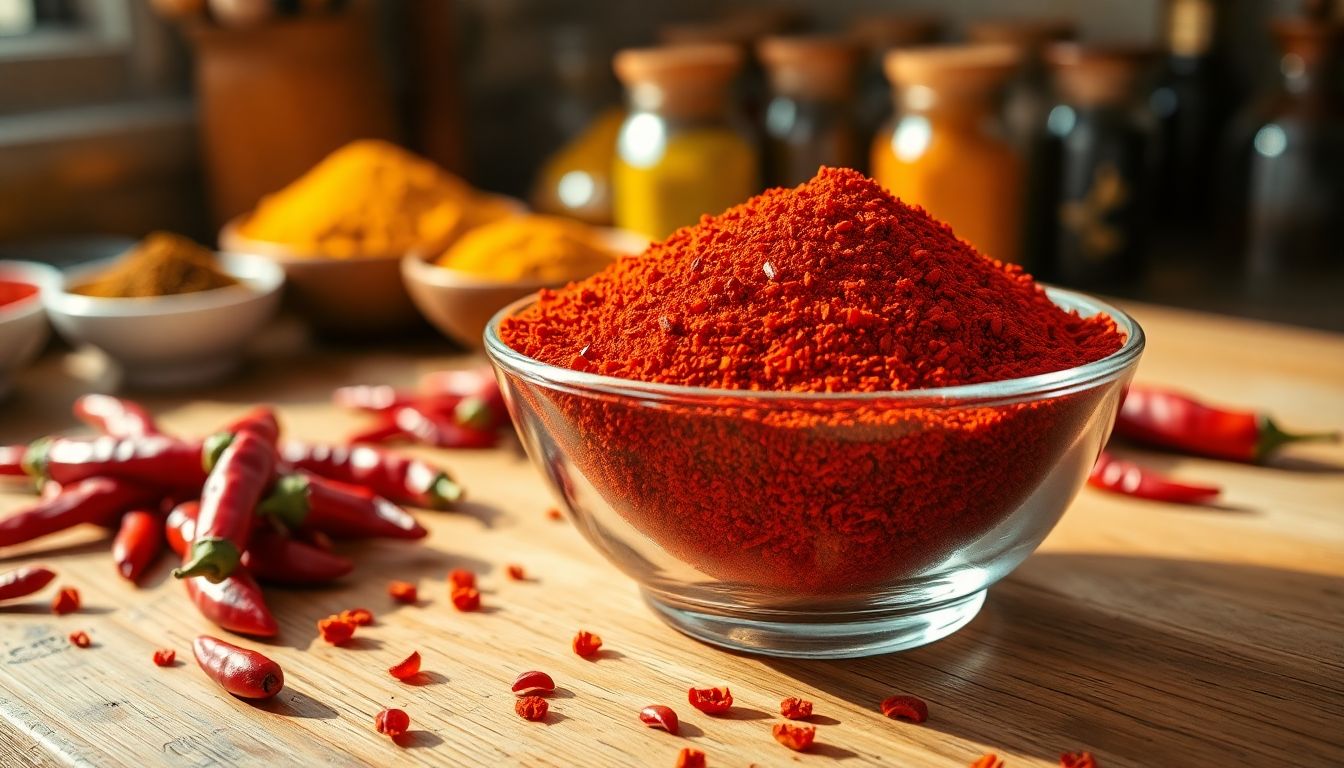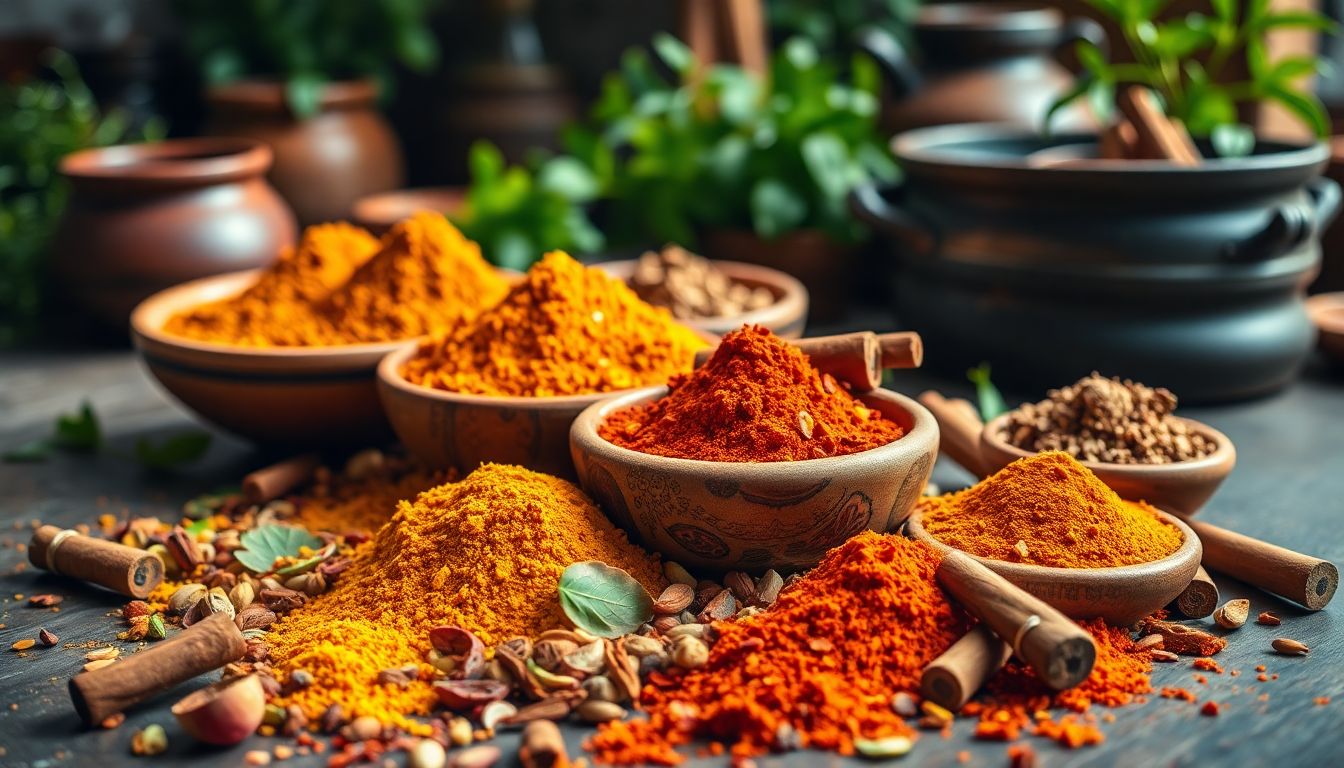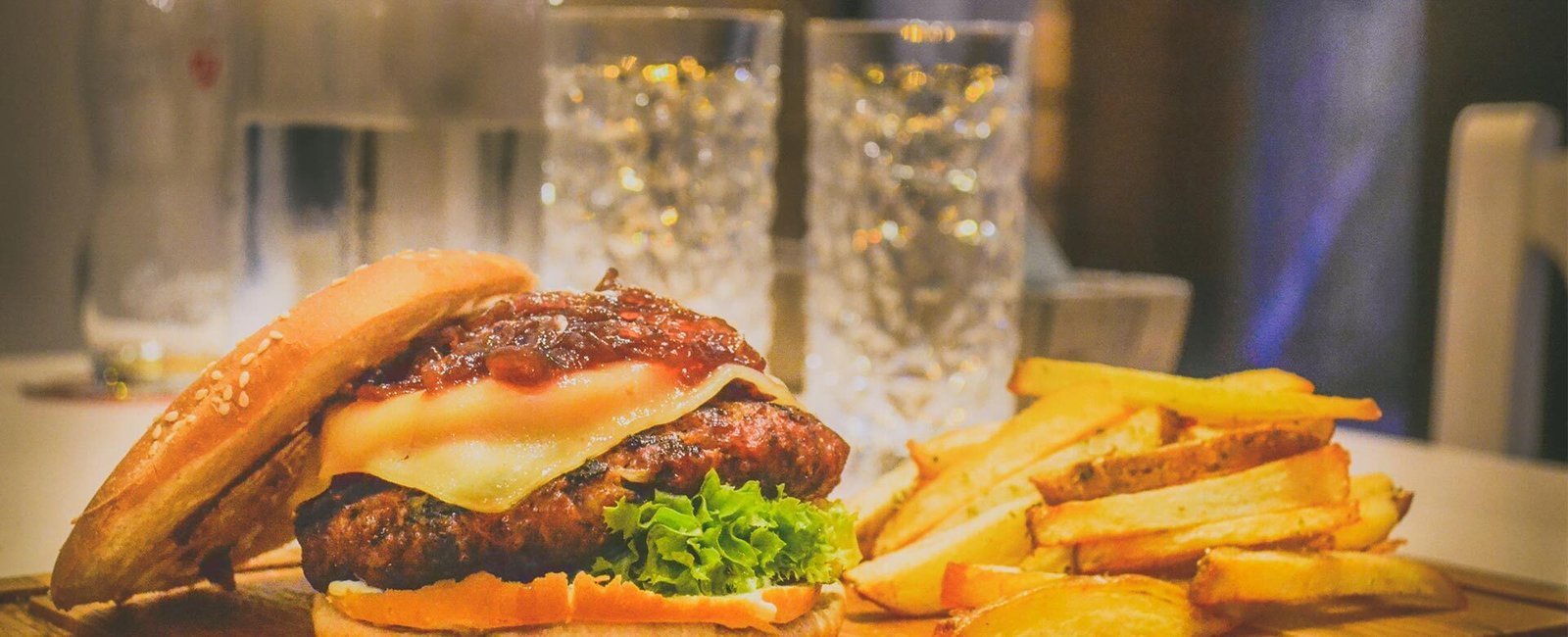
Unlocking the World of Indian Spices: A Comprehensive Guide to Flavor, Tradition, and Health
Introduction
Indian spices are more than just ingredients—they tell stories of history, culture, and health. These spices have traveled across continents through ancient trade routes, shaping both cuisine and tradition. Today, they add flavor to dishes worldwide and offer health benefits many people overlook. Knowing each spice’s role helps you create authentic meals and boost your well-being naturally.
History and Cultural Significance of Indian Spices
The Origins of Indian Spices
Indian spices have a long, colorful past. Ancient trade routes like the Silk Road made it possible for spices from India to reach far corners of the world. Ports like Calicut became famous as spice trading hubs, filling ships with cardamom, pepper, and cinnamon. These routes helped spread Indian flavors beyond borders, shaping world cuisines.
Spices in Indian Mythology and Traditions
Spices hold a special place in Indian culture. They’re often used in religious rituals and Ayurvedic healing. For example, turmeric is considered sacred in many ceremonies, symbolizing purity and prosperity. Festivals like Diwali celebrate spices with vibrant food, showing their deep roots in tradition and storytelling.
Modern Global Influence
Today, Indian spices are staples worldwide. Chefs love using turmeric for its color and health perks, while cumin and coriander are common in many kitchens. The global spice trade is huge—over $13 billion annually—showing how vital Indian flavors are in today’s food scene.
Key Indian Spices and Their Unique Characteristics
Commonly Used Indian Spices
- Turmeric: Bright yellow, packed with anti-inflammatory agents. Adds color and a warm, earthy flavor.
- Cumin: Offers a warm, nutty taste. Great for digestion and adds depth to curries.
- Coriander: Light, lemony taste. An antioxidant that balances flavors.
- Garam Masala: A spice mix with cinnamon, cloves, and cardamom. Elevates recipes with complex aroma.
- Mustard Seeds: Pungent and spicy. Popular in pickles and tempering dishes.
Rare and Specialty Spices
- Saffron: The world’s most expensive spice. It lends a rich flavor and golden hue, often used in luxury dishes.
- Fenugreek: Slightly bitter but beneficial for blood sugar levels. Used in spice blends and cooking greens.
- Asafoetida: Also called hing, it helps digestion and adds a savory umami flavor when cooked.
Spice Characteristics and Culinary Uses
Each spice has a unique profile. Turmeric adds color and health benefits, while cumin gives a warm aroma. Garam masala is a versatile blend perfect for curries and rice. Mustard seeds bring a sharp kick, and saffron elevates flavor with its rich aroma. Pair spices based on their strengths for authentic Indian dishes like butter chicken or lentil dal.
Health Benefits of Indian Spices
Anti-inflammatory and Antioxidant Properties
Many Indian spices are packed with antioxidants. For example, turmeric contains curcumin, which fights inflammation and may help reduce chronic diseases. Ginger, often paired with turmeric, is another anti-inflammatory star. These spices support overall health naturally.
Digestive and Metabolic Advantages
Spices like cumin and coriander improve digestion and help your gut work better. Mustard seeds and asafoetida can relieve bloating and stomach discomfort. Adding these to meals might also help control blood sugar and boost your metabolism.
Incorporating Spices for Wellness
Try adding turmeric to your morning eggs or sipping ginger tea for extra health benefits. Use spice blends or supplements if you want a quick health boost. Small daily changes with spices can make a big difference over time.
Tips for Selecting, Storing, and Using Indian Spices
Choosing Quality Spices
Look for vibrant colors and strong aromas. Whole spices last longer and stay fresher than ground ones. Check for signs of freshness—dull color or no smell? That’s a red flag. Trust reputable brands or local spice markets.
Proper Storage Techniques
Store spices in airtight containers away from sunlight and heat. Keep them in cool, dark places to preserve flavor. Whole spices can last several years, while ground spices are best used within a year for maximum freshness.
Enhancing Dishes with Spices
Start with small amounts; you can always add more. Balance flavors by tasting as you go. Homemade spice blends like garam masala can add authentic flavor to your cooking. Adjust spices for dietary needs—less salt, more herbs, or milder heat.
Conclusion
Indian spices carry a rich blend of history, tradition, and health benefits. They can turn everyday meals into flavorful, memorable dishes. Exploring their world means connecting with centuries of culture and boosting your wellness naturally. Start experimenting and source quality spices—you’ll notice the difference in every bite. Unleash the true potential of Indian spices and enjoy their magic in your kitchen.






 Photo by
Photo by  Photo by
Photo by 